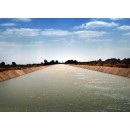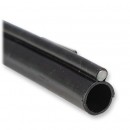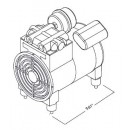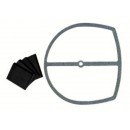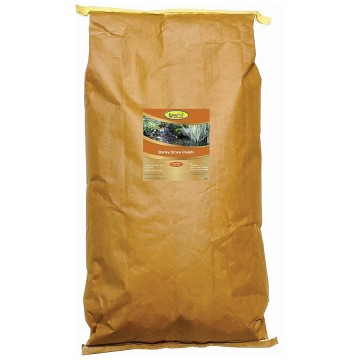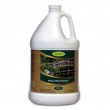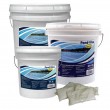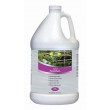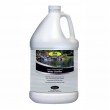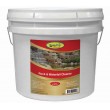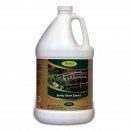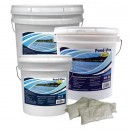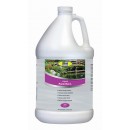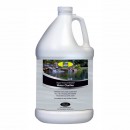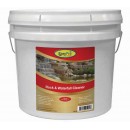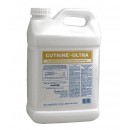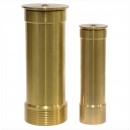Shopping Cart
0 item(s) - $0.00- Pond Sealant
- Aeration Systems
- Air Pumps & Compressors
- Algae Control
- Algaecides & Herbicides
- Bacteria & Clarifiers
- DC Compressors & 12V Pumps
- Diffusers & Airstones
- Dock Bubblers & Deicers
- Dyes & Colorants
- Fountains
- Large Ponds & Lakes
- Muck Removal
- Nozzles & Fountain Heads
- Pond Liner
- Pond Pumps
- Tubing & Accessories
- Water Level Control & Gates
- Water Treatments
- Windmill Aeration
- Commercial & Industrial Supplies
- Solar Aeration
-
Information & Articles
- - Aeration: The Key To Success
- - Air Compressors: Rotary Vane
- - Air Pumps: Linear or Diaphragm
- - Airline & Tubing for Aeration Systems
- - Algae Control
- - Aquatic Plants & Weeds in Ponds
- - Building A Dock Bubbler System
- - Building A Pond: The Basic Steps
- - Calculating Dissolved Oxygen Levels
- - Compost Aeration & Compost Tea
- - Diffusers: The Key To Efficient Aeration
- - Dock Bubblers & Deicers
- - Duckweed Control
- - Fountain For Ponds, Lakes & Small Gardens
- - Grease Trap Bacteria & Enzymes
- - Mosquito Control in Ponds
- - Muck: Removing Sludge & Pond Muck
- - Pond Aeration Systems
- - Pond Dyes: Aesthetics & Growth Control
- - Pond Liners
- - Pond Pumps: Submersible & External
- - Pond Winterization: Prepare Your Pond for Winter
- - Septic Bacteria Treatments
- - Solar Aeration, Solar Pumps & Solar Systems
- - Solar Aerator Parts List
- - Solar DC & 12V Pumps
- - Weeds & Eurasian Milfoil
- - Windmill Aeration & Windmill Pumping
- - Winterization of Ponds and Lakes
- - Beneficial Bacteria: Helping A Pond Naturally
- - Algae: Basics of Pond Algae
- - Oxygen Transfer Rates, SOTR & Pumping Rates of Aeration Systems
- - Pond Weed & Algae Control
- - Questions & Answers
- - Waterfalls: Building a Waterfall
- - Weighted Airhose, Airline & Tubing for Ponds
- - Links to Suppliers & References
- Consultations & Design Assistance
- Books & Guides
- Links & Resources
Barley Straw Pellets
Product Code: Barley Straw Pellets
Availability: In Stock
Free shipping in the USA.
- 100% natural product made from concentrated barley straw
- Safe for use with aquatic life and pets
- Fast acting - steady and extended release
- Typically apply every six to eight weeks
- Fast acting - steady and extended release
Application Rates
For lakes and large ponds apply 120 lbs. per surface acre every 6 weeks.
For smaller natural ponds and koi ponds apply 8 oz. per 300 gallons every 6 weeks.
Apply directly to pond water. Fast Acting and provides a steady and extended release of ingredients aid in keeping water clean and clear.
Suitable for use in a mesh bag in a biological waterfall filter or shallow water.
These barley straw pellets when introduced to water are fast acting and provide an extended release for as long as two months.
How it works.
Barley straw does not kill existing algae, but it inhibits the new growth of algae. The exact mechanism is bad understood, but it seems that straw barley, when they are exposed to
the light of the Sun and in the presence of oxygen, produce a chemical which inhibits the growth of algae.
Barley straw does not reduce the growth of other aquatic organisms plants. In fact, in some cases, the growth of aquatic plants has increased after the applications of barley straw, because algae are longer there to compete with aquatic plants.
The use of barley straw as an algae control method began in England during the early 1990s. In addition to ponds I England, barley straw is used in large reservoirs and canals. Laboratory research conducted in England suggests the presence of rotting barley straw in water inhibits the growth of several planktonic and filamentous algae. However, limited research studies in the U.S. have had mixed results. In general, water clarity will improve in ponds treated with barley straw due to a reduction in planktonic algae growth, but thus far evidence suggests no affect on filamentous algae.
The exact mechanism in which barley straw inhibits algae growth is not known. It is thought that as fungi decompose the straw in water a chemical(s) is released that prevents the growth of algae. Two suggested chemicals are oxidized polyphenolics and hydrogen peroxide, but it is not clear if these chemicals come from the barley straw itself or are metabolic byproducts produced by the fungi. Either way, barley straws inhibits algae growth; it does not kill already existing algae.
 This product is now available on the Amazon USA network. You can get the best pricing and see available options and shipping times by visiting the product page on Amazon
This product is now available on the Amazon USA network. You can get the best pricing and see available options and shipping times by visiting the product page on Amazon
Note: The Pond Report is an Amazon affiliate and may earn a commission on products purchased through Amazon from our website.
Write a review
Your Name:Your Review: Note: HTML is not translated!
Rating: Bad Good
Enter the code in the box below:

The Pond Report
Pond Supplies for private pond owners and commercial pond managers.
Pond & lake products and treatments for natural pond care and aquatic management
Fast and free shipping from our Florida, California & Oklahoma Distribution Centers.
ThePondReport.com is a participant in the Amazon Services LLC Associates Program, an affiliate advertising program designed to provide a means for sites to earn advertising fees by advertising and linking to Amazon.com. Read our disclosure policy regarding the affiliations and commercial incentivizations of The Pond Report web site.
© 2006 - 2025

